Process One's Photo Blog
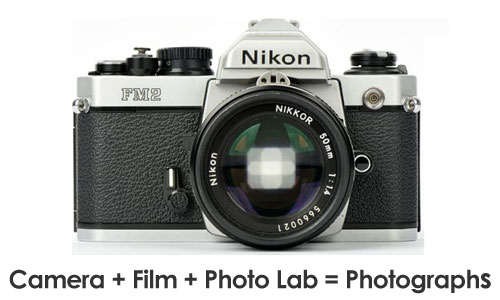
(if you want to read a hardcore photo blog, check out Ken Rockwell - he's off the chart)
It's time to digitize your old home movie video tapes.
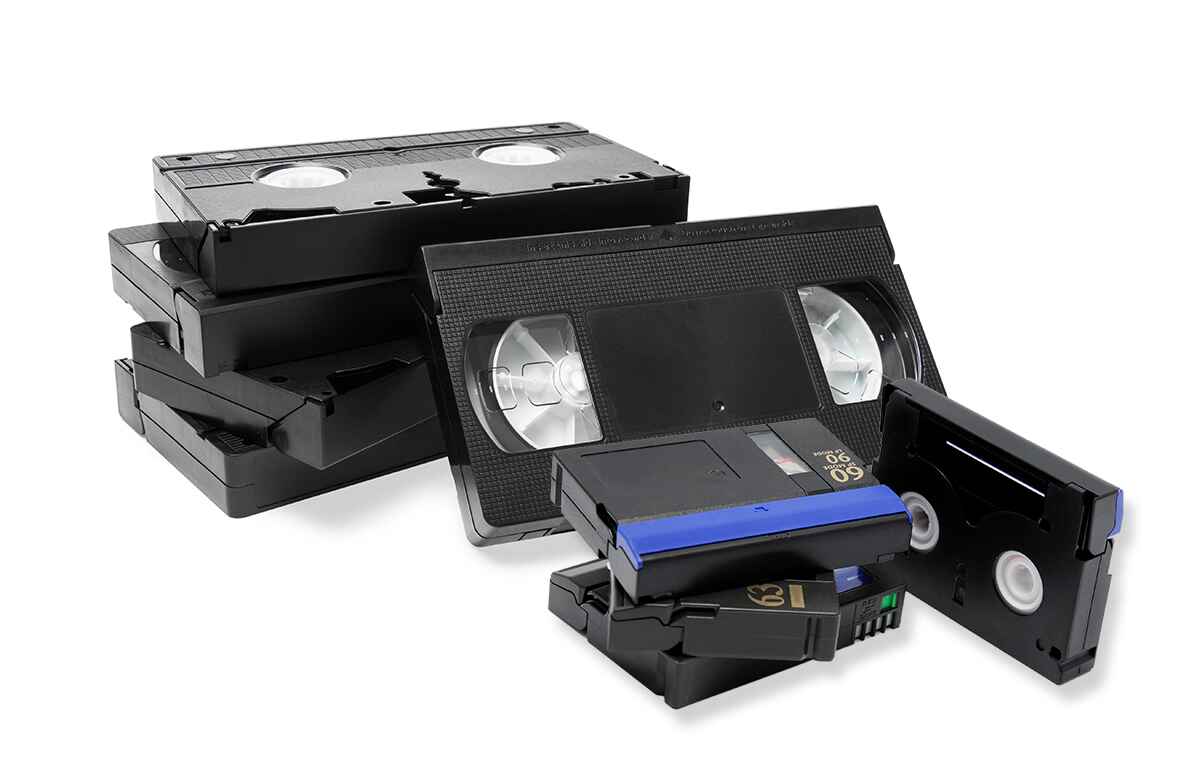
We can transfer your video tapes, including VHS, 8mm, Digital 8, and Mini-DV, and Beta camcorder tapes, to digital movie files (.mp4), or to DVD.
Safe and secure. Unlike many other companies, all our video tape and film transfer jobs are done here in town, so your video tapes will never leave the Kansas City area.
Get more info about digitizing your old video tapes.Developing Kodachrome film as black and white.
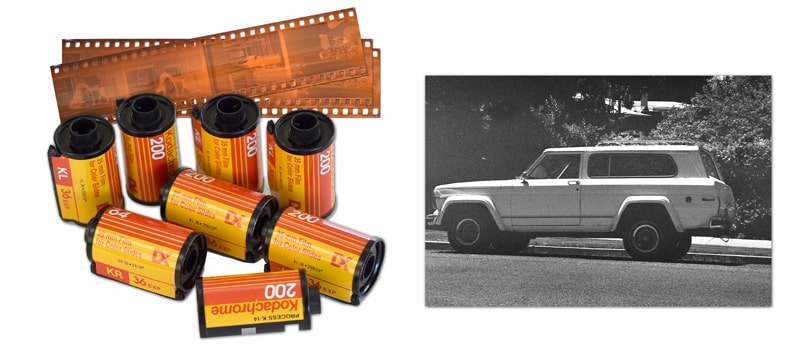
The film itself retains an orange color and is hard to see through without a backlight. It took a few test runs to get the time and dilution figured out, and we had to remove the black rem-jet layer, but the Kodak D-76 developer did a good job revealing the pictures that otherwise would have been lost forever. If you have some Kodachrome film to develop and want to give it a try, here's how: Kodachrome slide film developing as black and white.
Ektachrome E100 - First Look.

So far this film is pretty nice! Smooth, natural color with a remarkable ability to hold the warmer tones while still delivering clean highlights. More to come!
Ektachrome E100 is on order, should arrive soon - here's the Kodak data sheet.
Kodak E100 E6 Slide Film Data Sheet
Should I get a DVD or digital movie files from my video tapes?

We often have customers ask which is better: DVD or digital movie files (.mp4)? The answer really depends on whether you want to be able to watch the converted videos on your DVD player, or if watching them on another device is an option for you. DVD players have not been newly manufactured for several years, although Blu-Ray players will play DVD movies. But, with the video saved as an .mp4 digital movie file, you will be able to copy and transfer your videos for years to come, without worry.
Find out more about our video tape transfer services here.
A look inside the Kodak Ektachrome Factory
Kodak is up and running getting the first batch of Ektachrome slide film in our hands. If you've ever wondered how film is manufactured, check out these photos of the Kodak film production facility!
Pull processing color print film.
We sometimes get requests to pull process color print (C41) film, typically when the photographer feels that the film may be overexposed. But, we always say no! Here's the reason: Color print film needs to be in the developer the correct amount of time for the color dye layers to fully develop.
The C41 process is very tightly controlled, and any deviation can produce really strange colors, may of which cannot be easily corrected.
As the film passes
through the developer bath, the dye layers and couplers begin to work in harmony, and the result is correctly developed film. We can, however,
push process color print film, since the colors have already had the needed time, so the film is just 'over-developed' when we increase the developer time during push-processing. There is a limit to push processing as well - usually 2-3 stops depending on the film type.
Spring colors are finally here - pick the right film.
Since we are finally seeing some Spring color, it's a good time to pick the best film for the job. If you are looking for nice bright,
saturated color, in a print film, then look no further than Kodak
Ektar. This film has extremely fine grain and over saturated color layers to give your pictures some serious pop.
It does best in sunlight, but in the shade the colors can get a little odd. So, shoot this film in bright sun and enjoy the color.
If you're a slide film type of person, then
grab the Fuji Velvia 50 slide film. This E6 process slide film has some of the best, most saturated colors of any film, ever. It's a 50 iso film, so once again use it in
sunlight. In addition to the deep colors available from this film, you also get the beautiful vibrancy that only slide film can provide.
Either way, go shoot some film - we
have plenty in stock here or pick it up at your favorite camera store.
Oddball black+white film today.
This is the first time we've had this film in for developing: 'JCH 400', from
japancamerahunter.com.
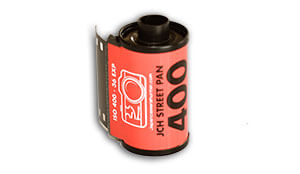
From the JCH website: "Yes, this is it! The new and fantastic JCH StreetPan film. Contrasty and full of character, this is a fantastically versatile panchromatic film perfect for the lovers of monochrome."
We're going to develop it for 17 minutes using our Kodak X-Tol (diluted 1:1) for 17 minutes, according to the directions from the website.
Not really sure who is making this film, but
it's always fun to see oddball films show up - you never know what's coming in next!
EKTACHROME UPDATE!!!
The new Kodak Ektachrome is real - we
developed four rolls of the new film Monday.... for real.
Yes, really. Our lab was part of the 'Trade process test' for the new film. Kodak sent three rolls of the new Ektachrome film to us for lab testing in a real world film lab environment to see how it performs. The rolls were exposed
with 2 test strip patterns per roll. The test patterns were composed of a gradient of exposures, ranging from way overexposed (almost clear) to way underexposed (almost black). The film did not have any frame edge detail or any notations of film type on the rolls, but they were
the NEW Kodak Ektachrome!
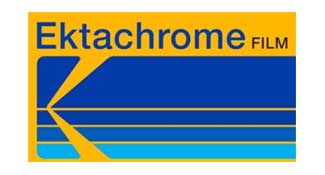
When Kodak first contacted us about doing this testing for them they were planning to keep this very confidential (as in
signing a confidentiality agreement), but at the last minute they told us that it's OK to spread the word. So, EKTACHROME exists... it's real. Since the film was exposed only with the test patterns I can't tell much about it, other than
this: when we developed it, it had the characteristic Ektachrome
film base color as it dried.
Stay tuned for more later, if anything else 'develops.'
Old, expired film.
Since our February film developing sale is in full swing we often get calls from customers with expired film (like 10+ years old) wanting to know if their picture will still turn out. The short answer is 'probably' As
the film ages past it's expiration date it loses contrast, get grainy, and the colors can shift.
How much quality the film loses really depends on how it was stored: The best 'old film' was stored in a cool dark place. But, the
good news is that we can usually get pretty good prints even from very old film - the pictures just might not be as good as they would have been back years ago when the film was fresh.
But the images never really go away, they just fade. So, now's the time to get your old film developed - don't wait!
Ektachrome is on track for a 2018 release.
Check out this audio clip from Kodak engineers on the progress being made on the new Ektachome slide film:
https://soundcloud.com/the-kodakery/update-from-our-film-factory-on-kodak-ektachrome They're testing and fine tuning the production so hopefully
we'll see it soon.
The most popular photo gifts this Christmas.
Well the busy
shopping season is almost gone and the traditional photographic print is still the king. People love getting pictures as gifts! Wow, we printed a lot of pictures to be given as gifts - family pictures, pet pictures, vacation pictures, you
name it. Also, with the continuing popularity of film photography, rolls of film will be filling stockings this year for sure. We look forward to developing your film after Christmas and all year long in 2018. Merry Christmas and
Happy Holidays!
Fujifilm USA has some very cool photo paper...

We have been experimenting with this paper and getting it set up in our lab, and now it's available for YOUR prints. This photo paper is printed on our Frontier, so it's a real chemical-developed silver based paper. It's
super flat finish and velvet-smooth surface makes for some very unique prints. Give it a try, you'll like it.
Ektachrome is coming, but still no date.
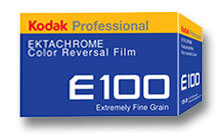
We're
waiting.... Kodak has said that they will release the NEW Kodak Ektachrome this fall, but still no news. Once it is available to order we will have it in stock! It's going to be nice to have an alternative to Fuji Velvia and Provia (which
we truly love), and maybe the new Kodak slide film will have a warmer color cast like the old Ektachrome E100GX. Here's a
link to some news:
https://petapixel.com/2017/09/13/return-kodak-ektachrome-film-nigh/ But for now, we'll just have to wait.
Rewind your 35mm film the right way.
OK, over the past few weeks we
have seen quite a few rolls of film with the sprocket edges torn off. This makes it almost impossible to develop and print or scan the film, but it can be easily avoided:
Almost
all 35mm cameras feature a rewind button or lever that releases the film from the camera's film drive system to allow the film to be rewound into the canister. All you need to do is
press and hold this button or flip the lever when you rewind the film - it's much smoother this way! The rewind button is located on the bottom of most cameras, but if you can't find the button it should be a quick Google search away.
Well we now have a blog...
We are going to try to provide a little
insight into what goes into making your pictures from behind the
scenes at our photo lab, along with some other photo-geek stuff.
At Process One we still process film and we still make prints
with chemicals in big complicated machines. Of course we do all
the digital photo stuff as well, and I like to think we're
pretty good at it. After all we've been doing it since 1984.
The keyboard smells a little right now - I mixed chemicals today and no matter how hard I try I can't
get the smell of Ilford black & white non-hardening fixer off of
my hands. That's what we do - mix chemicals, fix the machines
when they break and answer the phone, all with photo chemistry
on our hands. That's just normal for life in the photo lab.
We'll try to keep this going, if you're
interested. In the mean time we will be making your photos for
you, smelly chemicals and all.
Till next
time...
processonephoto.com

